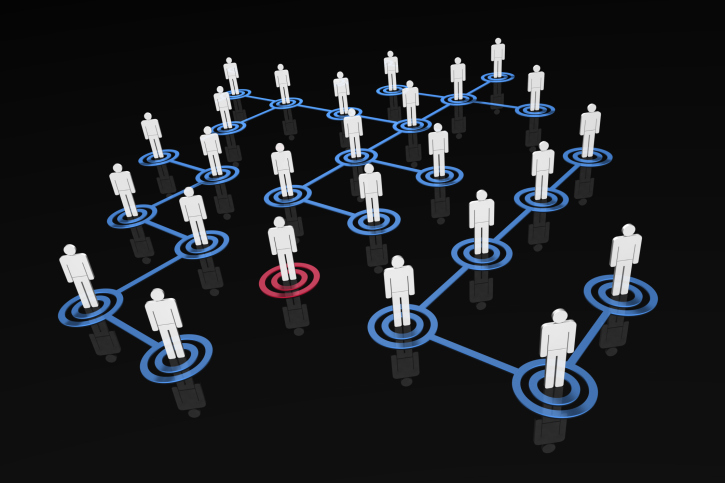
Why now is the time to have an inbound marketing strategy
Whether you’re familiar with what inbound marketing is or not, you’ll certainly have experienced it. As consumers, we are inundated with thousands of advertising and marketing messages every day. Some are uniquely crafted and targeted to our eyes, but most are not. Inbound marketing is the process of attracting customers to your brand, by providing […]



